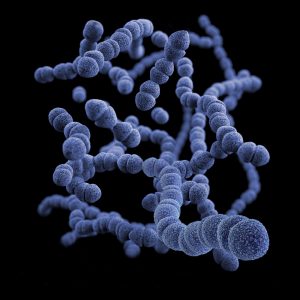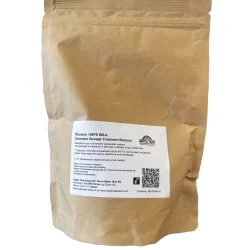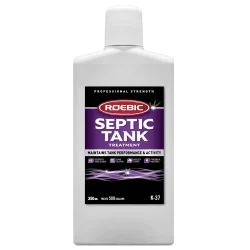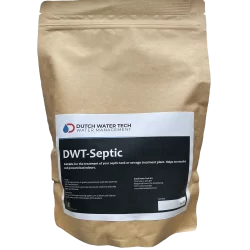Home » Knowledge base » Bacteria Used in Water Treatment
Bacteria Used in Water Treatment
How does it work?
Bacterial wastewater treatment is a process whereby wastewater can be purified in a natural way. This mainly concerns wastewater with organic pollutants, because these are waste products that can be easily decomposed by bacteria. This natural process is often used in septic tanks and STPs, also known as Individual Treatment of Wastewater. In fact, STP water treatment with bacteria is not substantially different from a large sewage treatment plant as operated by the water authorities. The type of bacteria used in wastewater treatment is related to the presence or absence of oxygen. We use anaerobic bacteria when wastewater is purified in an area with an absence of oxygen. When oxygen is present aerobic bacteria are used.
Bacteria for water purification
- Anaerobic bacteria: These are bacteria that do not require oxygen to break down the sludge layer in the septic tank.
- Aerobic bacteria: These are bacteria that do require oxygen to break down the sludge layer in the septic tank. An additional advantage is that no foul odours are released during the breakdown by this type of bacteria. In addition, unlike anaerobic bacteria, no dangerous gases are released.
There is another difference in these types of degradation; aerobic degradation is significantly faster than anaerobic degradation.
In septic tanks, we see that impurities in water often settle at the bottom of the tank. The sedimentation causes a natural filtering process. The (organic) impurities collect at the bottom. The filtered water is then transported to the sewerage system or surface water. In the meantime, bacteria break down the sludge (effluent) at the bottom of the tank.

Tips for optimal water purification by bacteria
The process of water purification by bacteria is 100% natural. However, this process can be very fragile when there are substances in the wastewater that are harmful to the bacteria in the septic tank. For example, anti-bacterial products such as chlorine can interfere with the bacteria’s workings. Or an excess of organic solid waste such as toilet paper that cannot be sufficiently broken down by the bacteria, causing blockages. In both cases you often have to add additional bacteria to the septic tank. There are also a number of things to keep in mind when using a system that uses bacterial water purification. We collected this in another article with 10 tips to improve the performance of a septic tank.
Fortunately, there are many products that allow you to quickly add extra bacteria to a septic tank or STP. Keep in mind whether you are using an aerated or non-aerated system. Below are a number of products that we offer.
Our recommended products
-
Roetech 106PS WS-8 – Domestic Sewage Treatment Bacteria
Domestic sewage treatment system £47.95 £39.96 (excl. VAT) Add to basket -
DWT-Septic Plus – Septic Tank Bacteria – 1kg
Cesspool Bacteria Treatment £57.45 £47.88 (excl. VAT) Add to basket -
Roebic K37 Septic Tank Treatment | Concentrated Formula
Septic tank bacteria £27.95 £23.29 (excl. VAT) Add to basket -
DWT-Septic – Septic Tank Additives – 1kg
Cesspool Bacteria Treatment £46.95 £39.13 (excl. VAT) Add to basket





